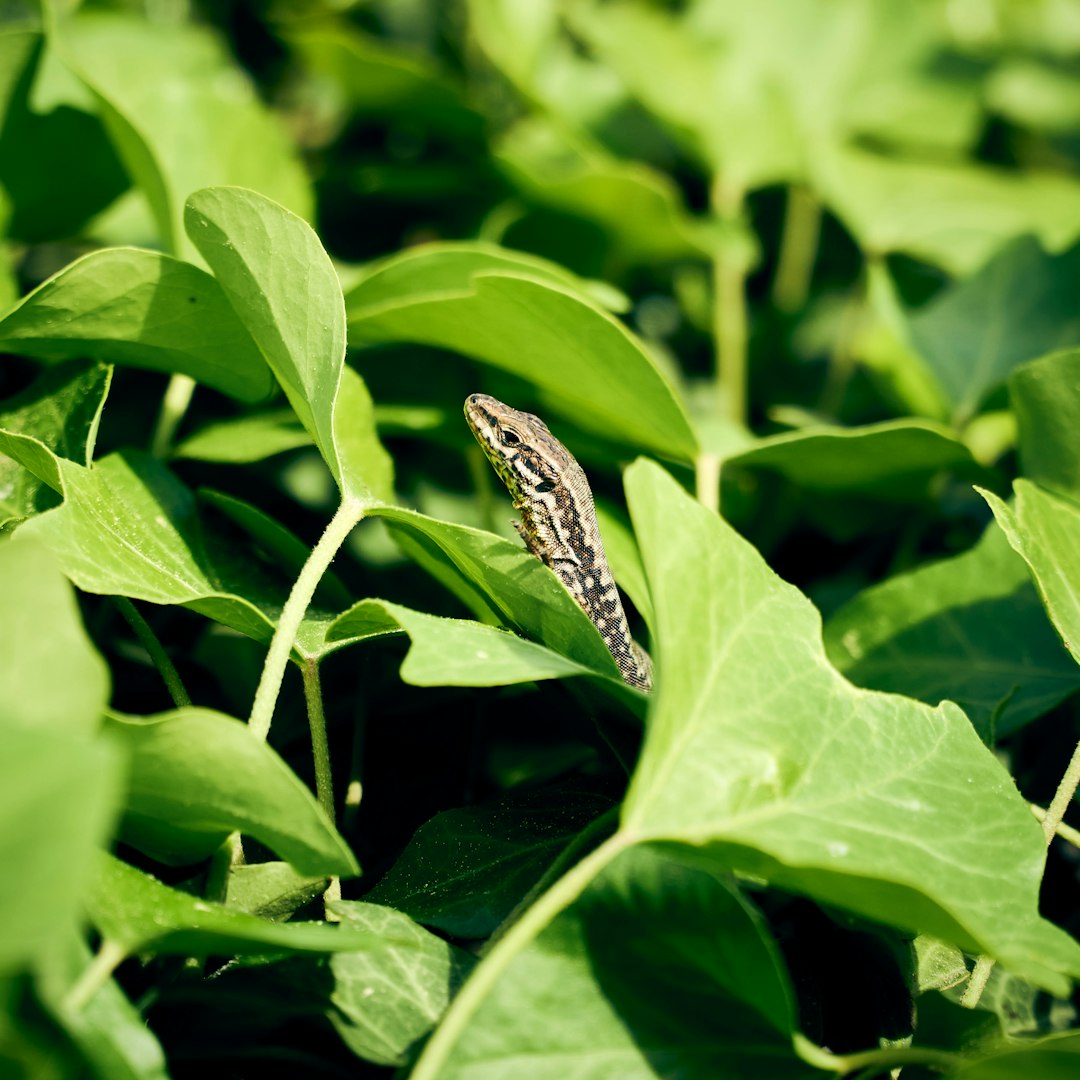Unleashing the Potential of Fruit Tree Guilds: A Comprehensive Guide

Edible gardening is a rewarding endeavor that allows you to connect with nature and enjoy the fruits of your labor. One of the most effective ways to maximize the growth and productivity of your fruit trees is by creating a fruit tree guild. In this step - by - step guide, we will explore how to plant a fruit tree guild for optimal results.
First, let's understand what a fruit tree guild is. A fruit tree guild is a carefully designed community of plants that work together symbiotically around a central fruit tree. Each plant in the guild has a specific role, whether it's providing nutrients, attracting beneficial insects, or suppressing weeds. This holistic approach mimics natural ecosystems and can lead to healthier, more productive fruit trees.
Step 1: Select the Right Fruit Tree
The foundation of your fruit tree guild is, of course, the fruit tree itself. Consider your climate, soil type, and personal preferences when choosing a fruit tree. For example, if you live in a colder climate, apple or pear trees might be a great choice. Research the specific requirements of the tree, such as sunlight exposure and water needs. Make sure to select a healthy sapling from a reputable nursery.
Step 2: Choose Companion Plants
Companion plants are the key to a successful fruit tree guild. Legumes, like clover or beans, are excellent nitrogen - fixers. They take nitrogen from the air and convert it into a form that the fruit tree can use. This reduces the need for synthetic fertilizers. Herbs such as thyme and oregano can attract beneficial insects like bees and predatory wasps, which help with pollination and pest control. Groundcovers like strawberries can suppress weeds and retain soil moisture.
Step 3: Plan the Layout
When planning the layout of your fruit tree guild, think about the mature size of each plant. Place taller plants further away from the base of the fruit tree to avoid shading it. For example, you can plant nitrogen - fixing shrubs a bit further out, while groundcovers can be planted close to the tree trunk. Create a circular or semi - circular pattern around the tree to maximize the use of space.
Step 4: Prepare the Soil
Healthy soil is essential for the success of your fruit tree guild. Test your soil to determine its pH and nutrient levels. Amend the soil as needed. If your soil is too acidic, you can add lime. If it lacks organic matter, incorporate compost or well - rotted manure. Loosen the soil to a depth of at least 12 inches to allow the roots of the fruit tree and companion plants to grow easily.
Step 5: Planting
Start by planting the fruit tree. Dig a hole that is twice as wide and just as deep as the root ball of the tree. Place the tree in the hole, making sure it is straight. Backfill the hole with soil and gently tamp it down. Water the tree thoroughly. Then, plant the companion plants according to your layout plan. Make sure to space them appropriately to allow for growth.
Step 6: Maintenance
Once your fruit tree guild is planted, regular maintenance is crucial. Water the plants regularly, especially during dry periods. Mulch around the base of the tree and companion plants to retain moisture and suppress weeds. Prune the fruit tree as needed to maintain its shape and encourage healthy growth. Monitor for pests and diseases, and use natural methods of control whenever possible.
In conclusion, creating a fruit tree guild is a wonderful way to enhance the growth and productivity of your fruit trees. By following these steps, you can create a thriving ecosystem in your own backyard. Not only will you enjoy delicious fruits, but you will also contribute to a more sustainable and environmentally friendly gardening practice.